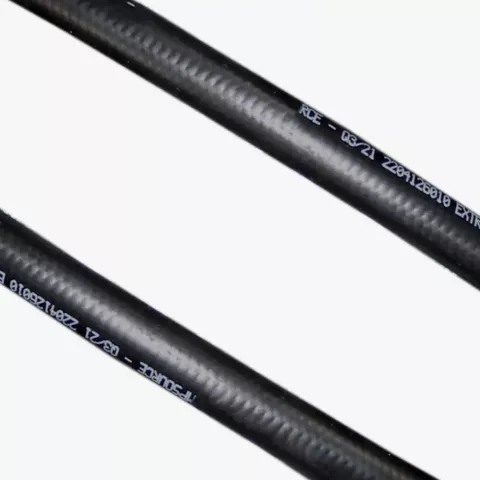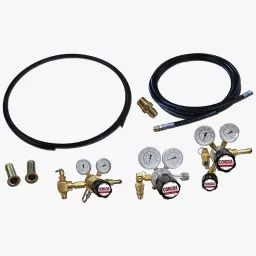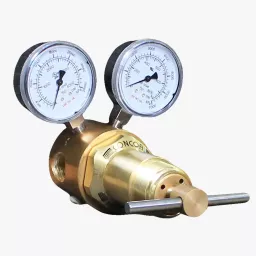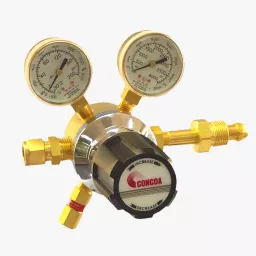Active
Assist Gas Hose
Assist gas hose for industrial laser applications
9086000-01-25 shown
The CONCOA laser assist gas hoses have a matte-finished polyurethane cover ensuring a low coefficient of friction. Available in standard 25 ft, 50 ft, and 100 ft lengths, as well as custom lengths up to 250 ft, assist gas hoses are suitable for a wide variety of laser gas applications.
- Nylon core ensures maximum chemical resistance and cleaner core tube
- High-density, fiber reinforced sleeve provides increased impulse life without loss of flexibility
- Variety of hose lengths accommodates dynamic and static applications
Related Products
WARNING: This product can expose you to chemicals including Lead, Chromium, Nickel, and 1-3 Butadiene, which are known to the state of California to cause cancer, birth defects, or other reproductive harm. And, this product can expose you to chemicals including Bisphenol A (BPA) which is known to the State of California to cause female reproductive harm. For more information go to www. PSWarnings.ca.gov.
2




